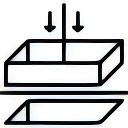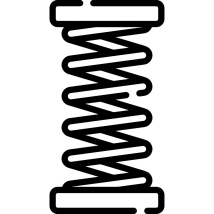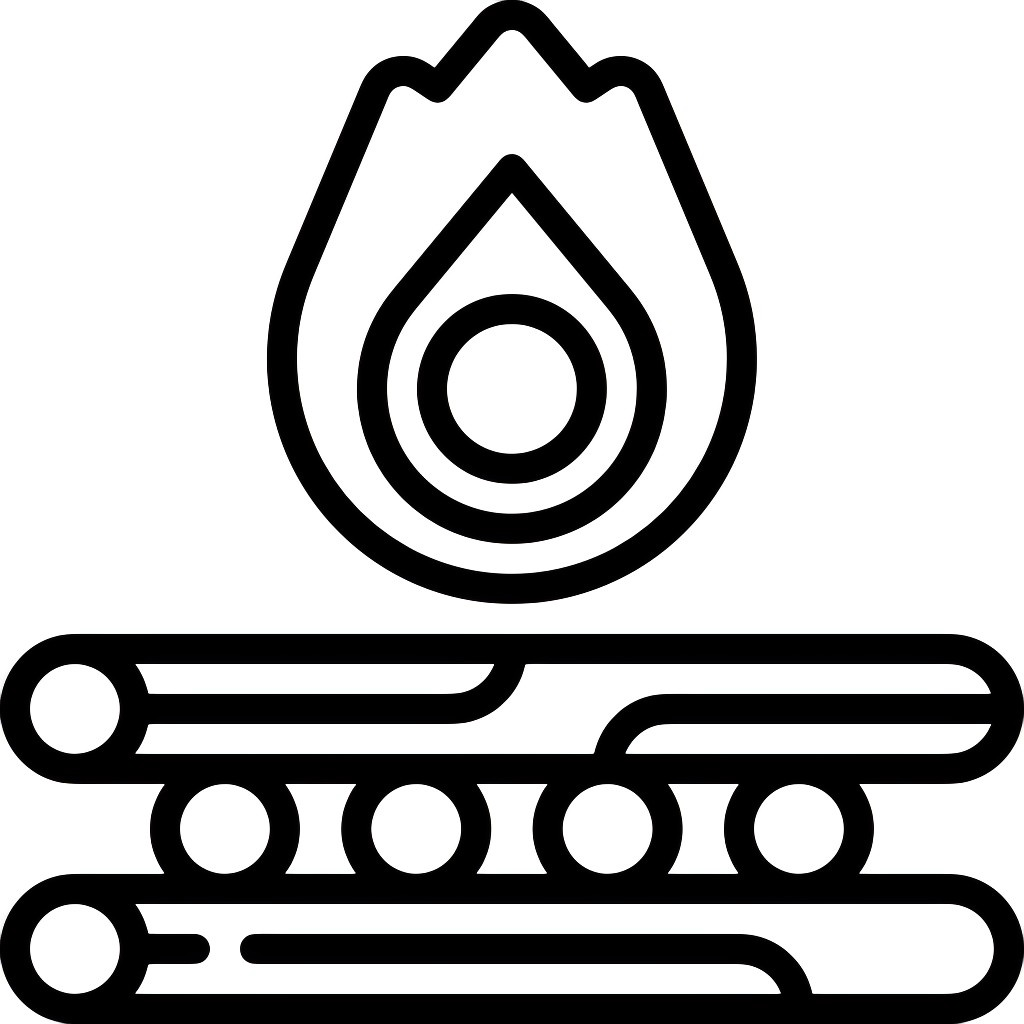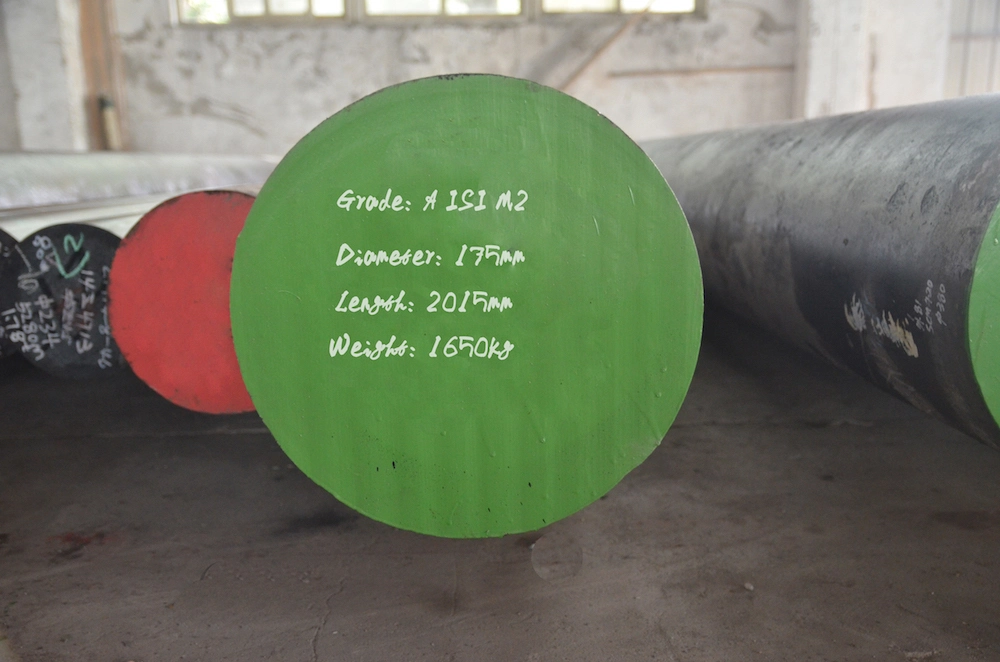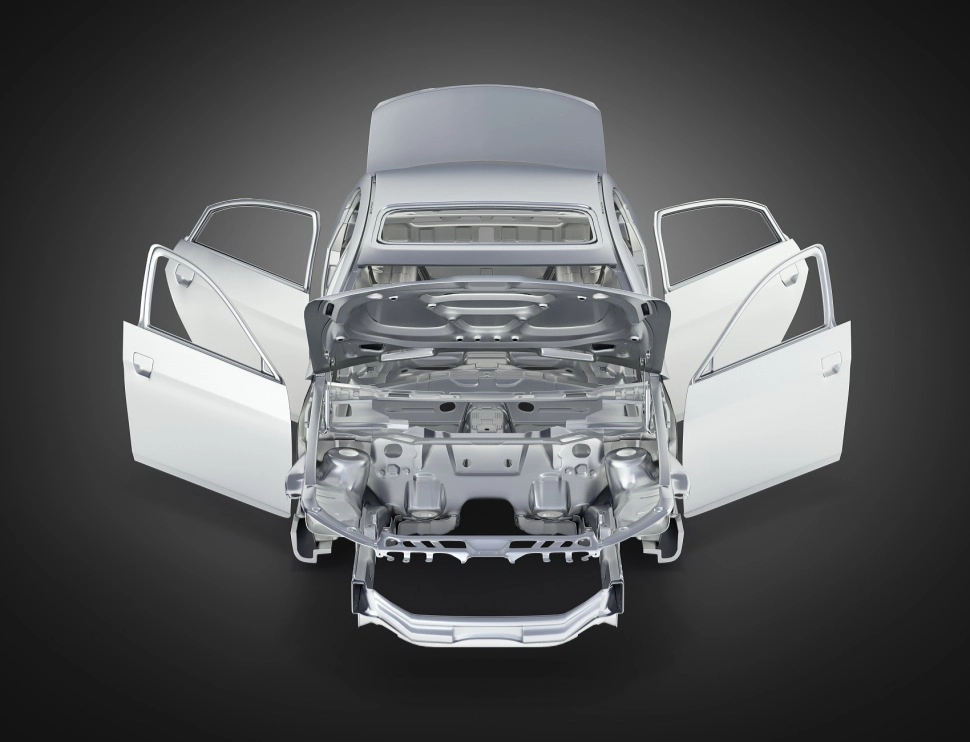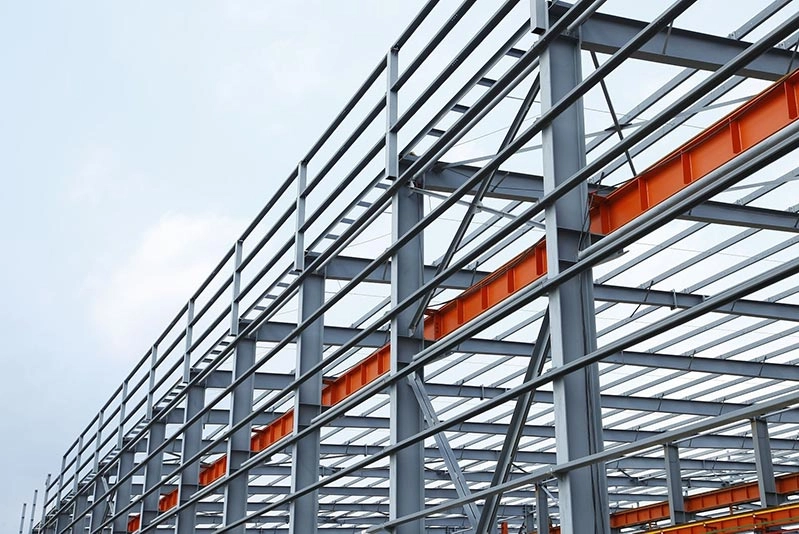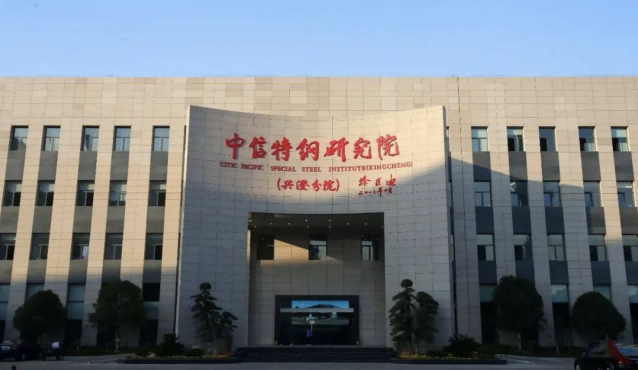
Understanding Types of Heat-Resistant Steel
Ferritic Oxidation-Resistant Steel
Ferritic steel known for its resistance to oxidation is highly valued for its reliability in temperature environments like furnaces and heaters due to its exceptional ability to withstand oxidation over time and extreme conditions between 800°C and 1000°C without losing reliability despite not being able to handle impact loads efficiently It contains elements like chromium and silicon such as 1Cr13Si2, 1Cr18Si2, and1Cr25Si2 that are key factors contributing to its exceptional performance making it a popular choice for furnace components, like heater hangers and nozzles.
Austenitic Oxidation-Resistant Steel
Stainless steel that resists oxidation is known for its capacity to work at elevated temperatures beyond what ferritic grades can handle. Steels like Mn18A15 and 3Cr18Mn12Si2N can function in the temperature range of 850°C to 1200°C. Are commonly employed in the petroleum and chemical sectors for purposes such as heating furnace tubes. Moreover, these steels show characteristics for welding and possess strong resistance to high temperatures making them adaptable, to challenging settings.
Fe-Al-Mn Series Heat Resistant Steel
The Fe Al Manganese series of heat steel provides a cost-effective option that still delivers exceptional performance under harsh conditions. These steels contain aluminum, manganese, silicon, titanium, and rare earth elements to improve their resistance to oxidation and carburization. They are ideal for applications where temperatures exceed 900°C and are commonly utilized in components for heat treatment furnaces. In comparison, to chromium-nickel heat-resistant steels the Fe Al Manganese series offers a more budget-friendly solution without sacrificing durability.
Exploring the Advantages of Heat-Resistant Steel
High-Temperature Performance
The reason heat steel can withstand extreme temperatures lies in its special mix of metals and the way it’s treated with heat techniques. Its outstanding performance under temperatures allows it to handle anywhere between 600°C to 800°C without a hitch making it a top choice for various industries that rely on materials staying strong, in hot conditions.
Chemical Stability
Chromium and nickel are added to heat steel to improve its durability in corrosive settings and ensure it can withstand exposure to harsh chemicals and moisture over time—making it ideal for situations requiring high temperatures and resistance, to corrosion.
Excellent Workability
Even though heat-resistant steel is made to withstand conditions with its high-strength properties it shows great versatility in terms of workability. This type of steel can undergo metalworking techniques, for shaping and processing giving manufacturers the freedom to create various products while preserving its exceptional qualities.
Identifying Applications for Heat-Resistant Steel in Projects
Boilers and Pressure Vessels
Heat-resistant steel is crucial in making boilers and pressure vessels because it can handle pressure and temperature at the same time effectively. It is essential for creating parts that need to endure high pressure and temperature, in energy systems to ensure their dependability.
Automotive Industry
In the world of automobiles heat resistant steel plays a role in improving the performance of vehicles when its integrated into exhaust systems and turbochargers. Durable heat-resistant steel is utilized in making exhaust systems and turbochargers where enduring high temperature is essential, for optimal functioning and durability.
Aerospace Sector
The aerospace industry requires materials to withstand harsh conditions while retaining structural strength for use, in manufacturing engine parts and thermal protection systems to guarantee safety and performance during flight operations.
Energy Field
Heat-resistant steel is essential in sectors of the energy industry such as traditional coal-fired power plants and waste incineration facilities along with its crucial application in nuclear power plants and petrochemical sites, for enduring extreme operational conditions effectively.
Common Steel Dimensions in the Industry
Promispecial® heat resistant steel products come in various standard sizes, with customization options available to meet specific needs.
Length Range: Typically 1000mm to 7000 mm, with custom lengths available upon request.
- Hot-Rolled Round Steel:Diameter typically ranges from 5.5mm to 380mm.
- Hot-Rolled Square Steel:Side lengths range from 5.5mm to 300mm.
- Hot-Rolled Flat Steel:Thickness ranges from 3mm to 60mm, with widths ranging from 10mm to 200mm.
- Hot-Rolled Hexagonal Steel:Across-the-flats dimensions range from 8mm to 70mm.
- Hot-Rolled Octagonal Steel:Across-the-flats dimensions range from 16mm to 40mm.
Recognizing Heat-Resistant Steel Grades
| Heat Resistant Steel | ||||
| NO. | GB | ISO | UNS | |
| 1 | ZGR30Cr7Si2 | GX30CrSi7 | 1.4710 | |
| 2 | ZGR40Cr13Si2 | GX40CrSi13 | 1.4729 | J91153 |
| 3 | ZGR40Cr17Si2 | GX40CrSi17 | 1.4740 | |
| 4 | ZGR40Cr24Si2 | GX40CrSi24 | 1.4745 | |
| 5 | ZGR40Cr28Si2 | GX40CrSi28 | 1.4776 | J92605 |
| 6 | ZGR130Cr29Si2 | GX130CrSi29 | 1.4777 | |
| 7 | ZGR25Cr18Ni9Si2 | GX25CrNiSi18-9 | 1.4825 | J92803 |
| 8 | ZGR25Cr20Ni14Si2 | GX25CrNiSi20-14 | 1.4832 | |
| 9 | ZGR40Cr22Ni10Si2 | GX40CrNiSi22-10 | 1.4826 | J92803 |
| 10 | ZGR40Cr24Ni24Si2Nb | GX40CrNiSiNb24-24 | 1.4855 | |
| 11 | ZGR40Cr25Ni12Si2 | GX40CrNiSi25-12 | 1.4837 | J93503 |
| 12 | ZGR40Cr25Ni20Si2 | GX40CrNiSi25-20 | 1.4848 | J94204 |
| 13 | ZGR40Cr27Ni4Si2 | GX40CrNiSi27-4 | 1.4823 | J93005 |
| 14 | ZGR50Ni20Cr20Co20Mo3W3Nb | GX50NiCrCo20-20-20 | 1.4874 | |
| 15 | ZGR10Ni32Cr20SiNb | GX10NiCrSiNb32-20 | 1.4859 | N08151 |
| 16 | ZGR40Ni35Cr17Si2 | GX40NiCrSi35-17 | 1.4806 | N08002 |
| 17 | ZGR40Ni35Cr26Si2 | GX40NiCrSi35-26 | 1.4857 | N08705 |
| 18 | ZGR40Ni35Cr26Si2Nb | GX40NiCrSiNb35-26 | 1.4852 | |
| 19 | ZGR40Ni38Cr19Si2 | GX40NiCrSi38-19 | 1.4865 | NO8004 |
| 20 | ZGR40Ni38Cr19Si2Nb | GX40NiCrSiNb38-19 | 1.4849 | N08008 |
| 21 | ZNRNiCr28Ws | G-NiCr28W | 2.4879 | |
| 22 | ZNRNiCr50 | G-NiCr50Nb | 2.4680 | R20501 |
| 23 | ZNRNiCr19 | G-NiCr19 | 2.4687 | |
| 24 | ZNRNiCr16 | G-NiCr15 | 2.4815 | N06006 |
| 25 | ZGR50Ni35Cr25Co15W5 | GX50NiCrCoW35-25-15-5 | 1.4869 | |
| 26 | ZNRCoCr28 | G-CoCr28 | 2.4778 | |
Chemical Composition in Heat-Resistant Steels
Chromium
Chromium plays a role in improving the resistance to oxidation of heat-resistant steel by adding elements, like chromium, nickel, and molybdenum which boost stability in corrosive settings and guarantee durability even in harsh conditions.
Nickel
Nickel plays a role, in enhancing the strength and thermal resistance of the material allowing the steel to retain its structural durability even under high temperatures.
Molybdenum
Adding molybdenum to heat steel gives it the ability to withstand high stress at elevated temperatures, for extended periods without losing its shape.
Silicon
Silicon improves the ability of grades to resist oxidation by creating a protective layer, on the surface when in oxygen-rich surroundings.
Aluminum in Fe-Al-Mn Series
In heat steel within the Fe Al MN series aluminum enhances resistance, to oxidation and carburization all while keeping costs in check.
Introduction to Promispecial® Heat-Resistant Steel
Promispecial® provides a variety of steel services designed for challenging industrial uses. They ensure that the mechanical properties of heat steel remain intact in high temperatures paving the way for their use, in boilers, gas turbines, and petrochemical equipment.
Promispecial® utilizes alloy blending methods to guarantee outstanding functionality even in the most severe circumstances. Our products from the company showcase durability against oxidation and creep resistance which allows for extended usage, in extreme heat conditions over time.






